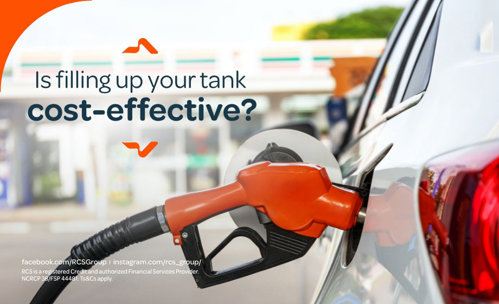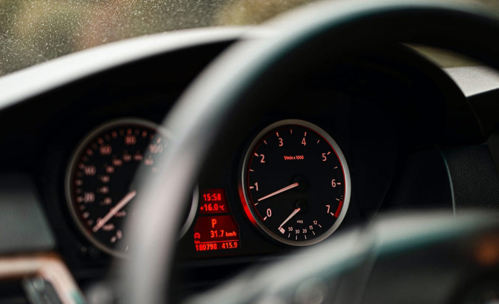Is filling up your tank cost-effective?
15 AUGUST 2023
Here are some of the schools of thought when it comes to filling up your fuel tank versus keeping it at half full. While the petrol price rises and falls each month, commuters are always keen to get the most mileage out of their tanks. This often raises questions amongst peers, colleagues and family members on how they can save on their fuel bill. Part of this great debate is whether filling up your tank to the brim or with small amounts is most cost-effective.
While the petrol price rises and falls each month, commuters are always keen to get the most mileage out of their tanks. This often raises questions amongst peers, colleagues and family members on how they can save on their fuel bill. Part of this great debate is whether filling up your tank to the brim or with small amounts is most cost-effective.
One thing’s for sure, when you’re in need of fuel injection, you can use your RCS Store Card at selected Engen and Shell stations across the country. What’s more is that you’ll get up to 55 days interest free, and the convenience of access to cash when you need it.
Ultimately, rising fuel prices have an impact on every other area of our lives, from the price of food to electricity. With this in mind, a good financial wellness practice is regularly assessing whether your budget needs any changes is a good way to avoid unexpected setbacks.
WHAT’S THERE TO CONSIDER FIRST?
When considering the basics, there are many variables that would influence the fuel consumption efficiency of your car. These include – amongst many – what your actual engine size is and its fuel efficiency, and whether you use your car to primarily zip through the city or to take long drives on highways or the countryside. There are other factors such as how much time you spend in stop-and-go traffic and, not to forget, what kind of driver you are.
WHAT DOES FILLING YOUR TANK TO ONLY HALF TANK MEAN?
One argument is that with less fuel in your tank, your car is lighter in terms of weight, working less to accelerate. With fewer litres of fuel in your car, your vehicle’s engine is relieved of some pressure to get you to your destination, guzzling less fuel.
According to The Conversation, an online publication that provides academic and research community news and views, filling your car tank to only half full twice, as opposed to filling it to completely full once, will get you further in terms of mileage. According to a study it sites by Ricardo Inc, it estimated that you can drive about 3.5km further in a 60L engine car with a fuel efficiency of 8L/100, utilising petrol of 720g/L density with a 2% loss of fuel efficiency for every 43.5kg.
FILLING YOUR CAR TO FULL TANK
Other schools of thought however find that the difference in savings is too small to make a difference. There’s also the matter that filling your car until half tank or at even smaller increments also means more trips to the petrol station, eating away at what you may have stood to save.
Other popular advice says that if you prefer a full tank, you should ensure that the petrol is filled only until “first click” or autostop. This refers to the point at which the petrol pump detects that your tank has reached capacity. This is for reasons such as avoiding the additional fuel filled past the first click from evaporating more quickly. However, the rate at which it might for some is arguable.
What is important is that you take your car for regular services, and check your tyre pressure and wheel alignment to ensure a safe journey.
CRUISE TO YOUR DESTINATION WITH AN RCS STORE CARD
So, whether it’s a full or half tank you prefer, use your RCS Store Card to fill up at selected Engen and Shell stations countrywide. You’ll get up to 55 days interest-free and access to cash when you need it. Don’t have an RCS Store Card? Apply today.



